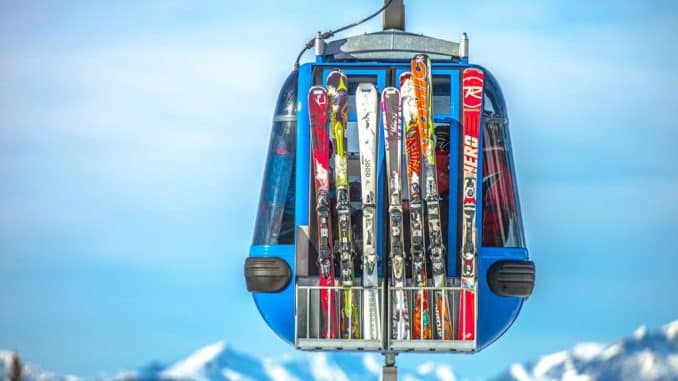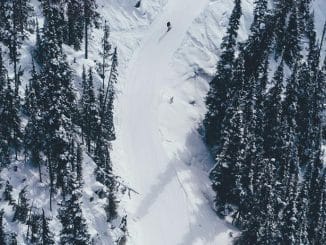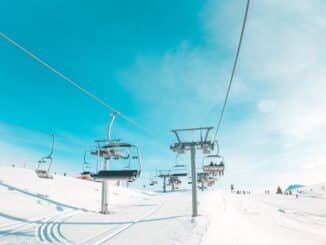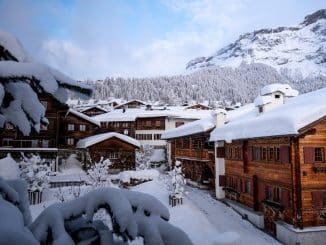
If you are new to skiing you will need help to choose the right skis. Lots of considerations are taken into account when designing skis. Yes, it can be difficult but if you go to a trustworthy company, they can help you choose the correct skis for you.
Take a look at everything you need to know if you are new to skiing and snowboarding for lots of advice.
First and foremost, what is the appropriate ski length for you?
Second, what is your level of ability?
Third, how would you describe your riding style?
And what kind of terrain do you prefer to ski?
Ski length
After considering parameters such as your height and weight, you will be asked what type of ski category you want, such as the type of snow, the terrain you want to ski, and your personal choice. According to a conventional rule, the correct ski length is midway between your chin and the top of your head. If you are an advanced or experienced skier, however, you can choose skis that are a little longer than your head height; ski sizing tables can assist you in determining your size based on your height and weight.
Shorter or longer ski?
Should you opt for a shorter or longer ski? While a shorter ski is easier to turn, it is not as stable as a longer ski. Carving skis have a smaller turn radius and a thinner waist, allowing them to be skied shorter than mountain or free ride skis, which have a fatter waist and a larger turn radius. Rockered skis are easier to turn on and maybe skied for more extended periods than camber skis.
Choose skis that are shorter and close to your chin:
You are a skier who is either a novice or an intermediate.
For your height, you weigh less than average.
You don’t ski fast and turn in short, sharp turns.
You select a carving ski with no rocker and camber.
Choose longer skis that are closer to your head:
You ski pretty quickly.
For your height, you are heavier than usual.
You prefer to ski off the beaten path.
A ski with a lot of rockers is what you’re looking for.
You will be advised on the best selection for children’s skis, and they will begin on the nursery slopes.
Levels of ability:
Beginner
For Beginner/Intermediate – A beginner or intermediate skier who wants to develop their fundamental skills. Softer flex, narrow widths, composite, foam or softer wood cores, and capped constructions are also suitable options. In addition, you’ll need a ski that’s easier to turn and can withstand any mistakes; a rocker in the tip and tail will aid in turning.
Intermediate
Intermediate/Advanced — This talent level encompasses the majority of skiers. Skis are typically broader than beginner/intermediate skis, with a stronger wood core and sandwich sidewall construction. In addition, intermediate and advanced skis may have full camber, rocker, or a mixture of the two.
Advanced
Advanced/Expert – Regardless of the terrain, advanced and expert skiers require skis to handle their more aggressive and competent abilities. Layers of Titanal, carbon, flax and other materials that can withstand harsh circumstances are needed for a decent speed/performance ski. Carving, park, all-mountain, and powder skis with rocker configurations are required for advanced/expert skiers.
As your skiing ability level grows, you will require new skis. There is a lot to think about when buying skis, but with experienced guidance, you will make the best decision. As a beginner, you will begin on the beginner slopes and progress to intermediate and advanced slopes as your skiing skills develop. The manner you ski and the type of terrain you ski will change as well. So, for the time being, relax and enjoy the clean white slopes.



